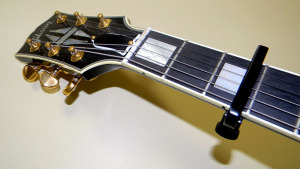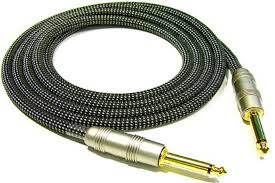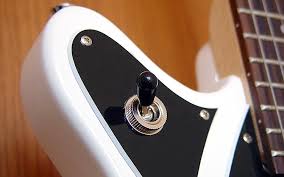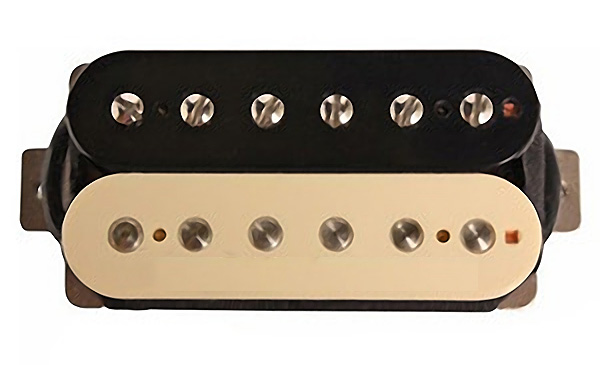In the simplest terms a capo is a moveable top nut. It takes the place of your index finger: that’s the finger you usually employ to lay across all six strings when you play bare chords. If you’re playing a song in standard tuning on your guitar but find that it’s too high (or too low) for you, or your vocalist, to sing along then you have two options. You could transpose the chords into another key – A instead of G for example. That’ll work, but it’ll take a while. It’s much quicker to use a capo. A capo allows you to alter the pitch key of the guitar whilst continuing to play open chord shapes. For instance, place the capo at the second fret of the guitar and that open G chord you were just playing is now an A. The capo has moved the guitar’s tuning up a whole step. Clever, huh?
Choosing the right capo for you.
Because a great capo can last you a lifetime, purchase the best capo you can afford. Although it’s tempting to buy some bargain basement model, you need a capo that is well-made and easy-to-use. It also has to stay in place on your guitar’s neck.
There are Planet Waves capos available for every style of guitar. If you play an electric, acoustic or 12-string acoustic guitar, then you need to check out Planet Waves’ Ratchet Capo or the beautifully engineered NS Capo. These capos will cater to the curved radius of your guitar’s fingerboard. If you play a nylon-strung classical guitar, then the NS Classical Capo is the model for you. Your guitar has a flat, wide fingerboard, and the NS Classical Capo is the perfect match.
Using the capo.
Correct placement of your capo is essential. There’s no point just whacking it onto your guitar’s neck and hoping for the best. Getting the precise position will ensure tone quality, without annoying buzzing or rattling, and tuning stability. The capo should sit close to the fret (see photo one) not between frets (as shown in photo two). It’s also very important that you have some control over the amount of pressure that the capo exerts on the strings. Too little pressure and the strings will cause buzz and the strings lose their tone. Too much pressure is just as annoying – the strings will go out of tune.
It’s precisely for these reasons that Planet Waves and designer Ned Steinberger developed the ‘smooth, tactile dial’ on the NS series capos to allow the player to alter the tension that the capo applies to the strings. The clever one-hand operation NS capos are also lightweight and gig tough, thanks to their aluminium construction. That’s great because the best type of capo is one that becomes such an integral part of your playing experience that you almost forget that it’s there.
Capo boot camp!
There’s nothing quite as chilling to a guitarist as staring out over a sea of faces at a show as you’re fumbling with your capo. An audience doesn’t understand what you’re doing… all they know is that the entertainment has stopped and they’re growing restless. So, the goal here is to be ‘gig ready.’ You should practice fitting your capo to your guitar as quickly and calmly as possible. Time yourself – you’ll be amazed just how much faster you’ll get with a bit of solid practice. Of course, it helps if your capo is well designed. The quickest draw in capo-land is Planet Waves’ revolutionary Ratchet Capo. You literally ‘squeeze’ this capo into position on the fingerboard. It only takes a second to complete the operation, and the Ratchet Capo stays put until you press the quick release lever to remove the capo or move it to another position on the guitar.
Summing up…
It’s time to add a Planet Waves capo to your arsenal of guitar gadgets. Although the capo has been around for many years, this amazing tool is still very important to creative musicians and Planet Waves capos are designed to meet the demands of modern guitarists. Yes, a capo is a practical way to alter the pitch of your guitar, but it’s equally important as a source of inspiration to legends like George Harrison, Noel Gallagher of Oasis, Johnny Marr of The Smiths and the millions of guitarists that already use Planet Waves capos. So, what are you waiting for, huh?
Article provided by Planet Waves, maker of high quality instrument cables and accessories.
Visit them at www.planetwaves.com.



